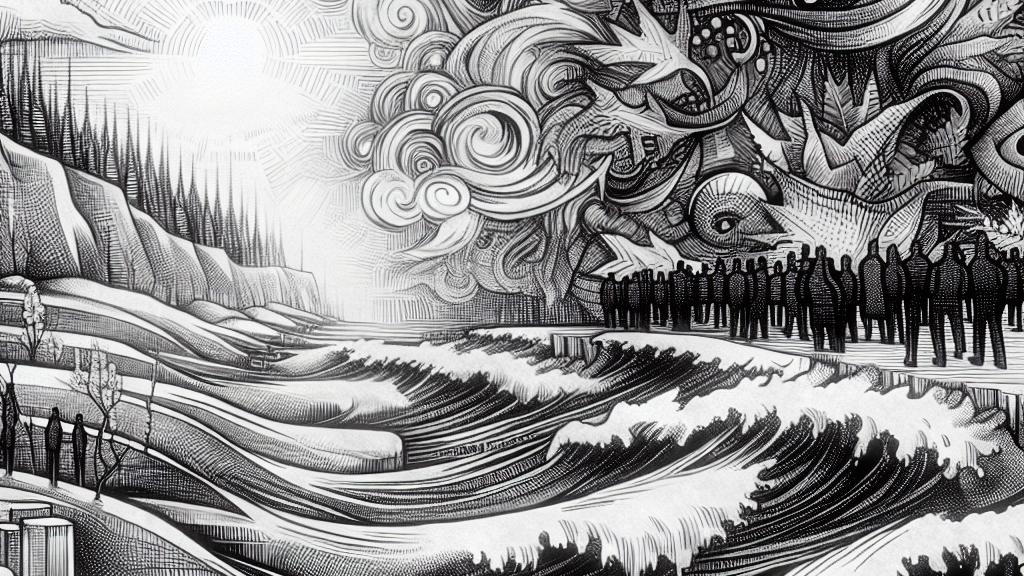Kishida Cabinet's Approval Rating Soars to 34.3%: A Political Rollercoaster!
Overview
- The Kishida Cabinet enjoys a significant bump in approval ratings, now at 34.3%, reflecting evolving public sentiments in Japan.
- Support for major parties fluctuates, showcasing the dynamic and often unpredictable nature of politics.
- Utilizing a comprehensive survey methodology, which combines landline and mobile contacts, adds depth to the findings.

A Surge in Approval: Riding High
In a striking turn of events, the Kishida Cabinet has seen its approval ratings leap to 34.3%, an impressive rise of 3.3 points from the previous month. This notable increase can be likened to a winter thaw, where the re-emerging warmth of support signals a potential spring of renewed public trust. Notably, the disapproval rating has also softened, falling by 5.8 points to a less daunting 60.6%. These numbers, drawn from a robust survey conducted by JNN on September 7 and 8, 2024, underscore a shifting political landscape. Much like the ebb and flow of the tides, public opinion appears to be favoring Kishida's government once more, highlighting how quickly perceptions can evolve.
Political Dynamics: The Chessboard of Party Support
Examining the broader political landscape reveals that the Liberal Democratic Party (LDP) has claimed a significant boost in support, rising by 3.9 points to an encouraging 31%. This spike is reminiscent of a rising sun, illuminating the path forward for the ruling party. In contrast, the Constitutional Democratic Party has only budged slightly, gaining a mere 0.1 points to reach 5.3%. On the other hand, the Japan Innovation Party faces a challenging environment, slipping by 1.4 points to a lowly 2.3%. These shifts are not merely numerical; they reflect the intense competition and strategic maneuvering that characterize Japanese politics as parties jockey for position ahead of the next election cycle. As the political drama unfolds, the electorate's preferences are as fickle as the weather, continually shaped by new developments and public discourse.
Survey Methodology: Crafting a Clearer Picture
Delving into the methodology behind this survey reveals why these figures carry weight. JNN adopted a random digit dialing approach, intertwining landline and mobile calls to capture a diverse spectrum of the population. This method echoes the philosophy that a true understanding of a society comes from hearing its myriad voices. By ensuring broad representation, the survey enlists responses from various demographics, thereby painting a more comprehensive portrait of the electorate's mood. The effective participation of 2,171 individuals enriches the findings, transforming them into a vivid landscape that not only presents trends but also unravels the narratives fueling voter sentiments. In essence, the survey acts as a lens, bringing into focus the intricate dynamics at play in Japanese democracy.

Loading...